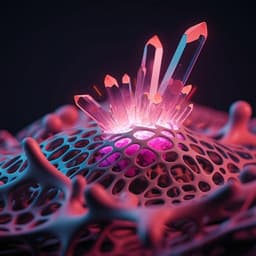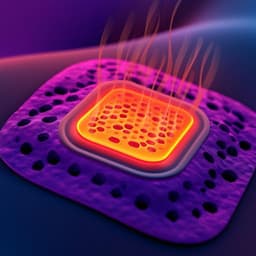
Health and Fitness
Large-scale fully printed “Lego Bricks” type wearable sweat sensor for physical activity monitoring
W. Ji, H. Liu, et al.
Explore the innovative “Lego Bricks” type wearable sweat sensor developed by Wenhu Ji, Huanzhun Liu, and their team. This groundbreaking technology utilizes cost-effective fabrication techniques to monitor sweat Na⁺ and K⁺ levels, enhancing large-scale physical activity monitoring and health applications. Discover how this modular design paves the way for future advancements in personalized health monitoring.
Playback language: English
Related Publications
Explore these studies to deepen your understanding of the subject.







